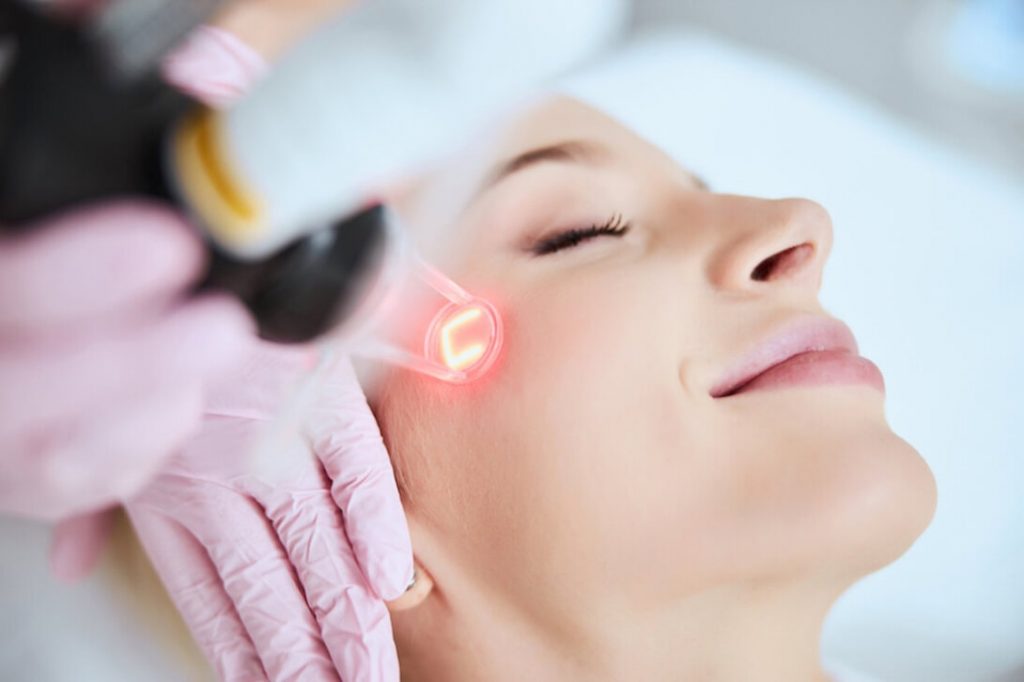Acne scars can be a frustrating reminder of past breakouts, leaving many people feeling self-conscious about their appearance. These scars typically fall into three categories: ice pick scars, boxcar scars, and rolling scars. Ice pick scars are small, deep holes that sometimes resemble puncture wounds, while boxcar scars are more rectangular with sharp edges. Rolling scars, on the other hand, create an uneven texture on the skin’s surface due to fibrous bands beneath the skin.
One promising treatment for acne scars is the Pico laser, which has gained popularity in recent years for its ability to target various types of scarring effectively. This non-invasive procedure uses ultra-short laser pulses to break down the scar tissue without damaging surrounding skin. It also encourages the production of collagen, which helps to create a smoother and more even complexion over time. Patients often see noticeable results after just a few sessions and appreciate the minimal downtime associated with this treatment option.
When considering any acne scar treatment, it’s essential to consult with a qualified medical professional to determine the most effective approach based on individual needs and circumstances. The Pico laser treatment for acne scars may not be suitable for everyone, but for many, it offers a safe, effective, and relatively painless path towards reducing the appearance of various types of acne scars.
Types of Acne Scars
Atrophic Scars
Atrophic scars are the result of loss of tissue during the healing process of acne. They often appear as indented or pitted areas on the skin and are typically caused by moderate to severe acne.
Hypertrophic Scars
Hypertrophic scars result from an overproduction of collagen during the healing process, leading to raised, thickened areas on the skin. These scars are common in cases of cystic acne and can also be seen after surgical procedures.
Ice Pick Scars
Ice pick scars are a type of atrophic scar characterized by narrow, deep indentations in the skin. Their appearance resembles puncture wounds or small holes. They are often caused by severe acne, such as cysts or whiteheads.
Boxcar Scars
Boxcar scars are a subtype of atrophic scars with well-defined, angular edges and a broad, flat base. They are similar in appearance to chickenpox scars and are usually caused by severe acne, such as pustules or cysts.
Rolling Scars
Rolling scars are atrophic scars that have a wavy, irregular surface. They typically form when fibrous tissue bands develop between the skin and underlying structures, pulling the skin’s surface downward. Rolling scars can be the result of prolonged acne, particularly if the affected person had severe or cystic acne.
Keloid Scars
Keloid scars are a unique type of hypertrophic scar in which the scar tissue grows beyond the boundaries of the original wound. They are typically firm, raised, and can continue to grow over time. Keloid scars are more common in individuals with darker skin tones and can occur after acne or other skin injuries.
Overall, a dermatologist can help determine the cause and type of acne scars to develop a suitable treatment plan. The Pico laser treatment may be appropriate for certain types of acne scars, but individual consultation is crucial in ensuring the best outcome.
Pico Laser for Acne Scar Treatment
How Pico Lasers Work
Pico lasers are a type of laser treatment specifically designed to target and remove various skin imperfections, including acne scars. They work by emitting ultra-short, picosecond pulses of laser light that penetrate the top layer of skin and reach the dermis, where scar tissue and hyperpigmentation reside. The laser energy breaks down the pigment and scar tissue, while also stimulating collagen production within the skin. Over time, this helps to reduce the appearance of scarring and improve overall skin tone and texture.
Benefits of Pico Laser Treatment
Pico laser treatments offer several advantages for treating acne scars:
- Precision: Pico lasers are more precise than traditional fractional lasers, allowing for targeted treatment of specific areas with minimal damage to surrounding skin.
- Speed: Pico lasers have a faster pulse rate than other laser treatments, making the treatment process quicker and more efficient.
- Collagen Production: The laser energy stimulates collagen production in the dermis, which helps to improve skin’s tone and texture, reducing the appearance of scarring.
- Reduced Downtime: Pico lasers generally require less downtime for recovery compared to other laser therapies. Patients can typically return to their daily activities shortly after treatment.
It’s important to have a consultation with a qualified professional to discuss your skin condition, concerns, and any potential complications before undergoing Pico laser treatment for acne scars.




